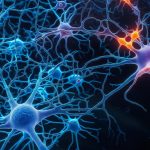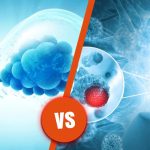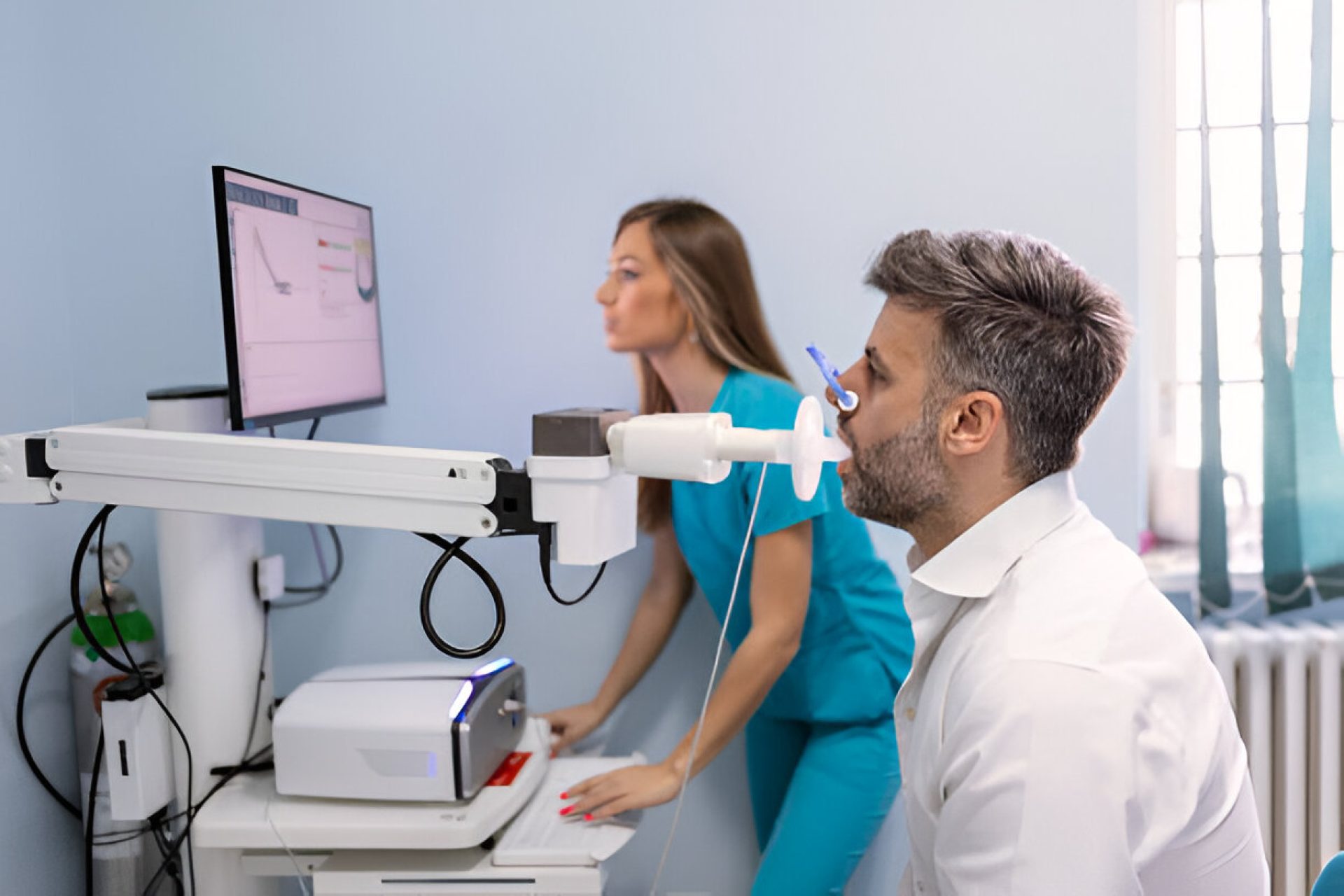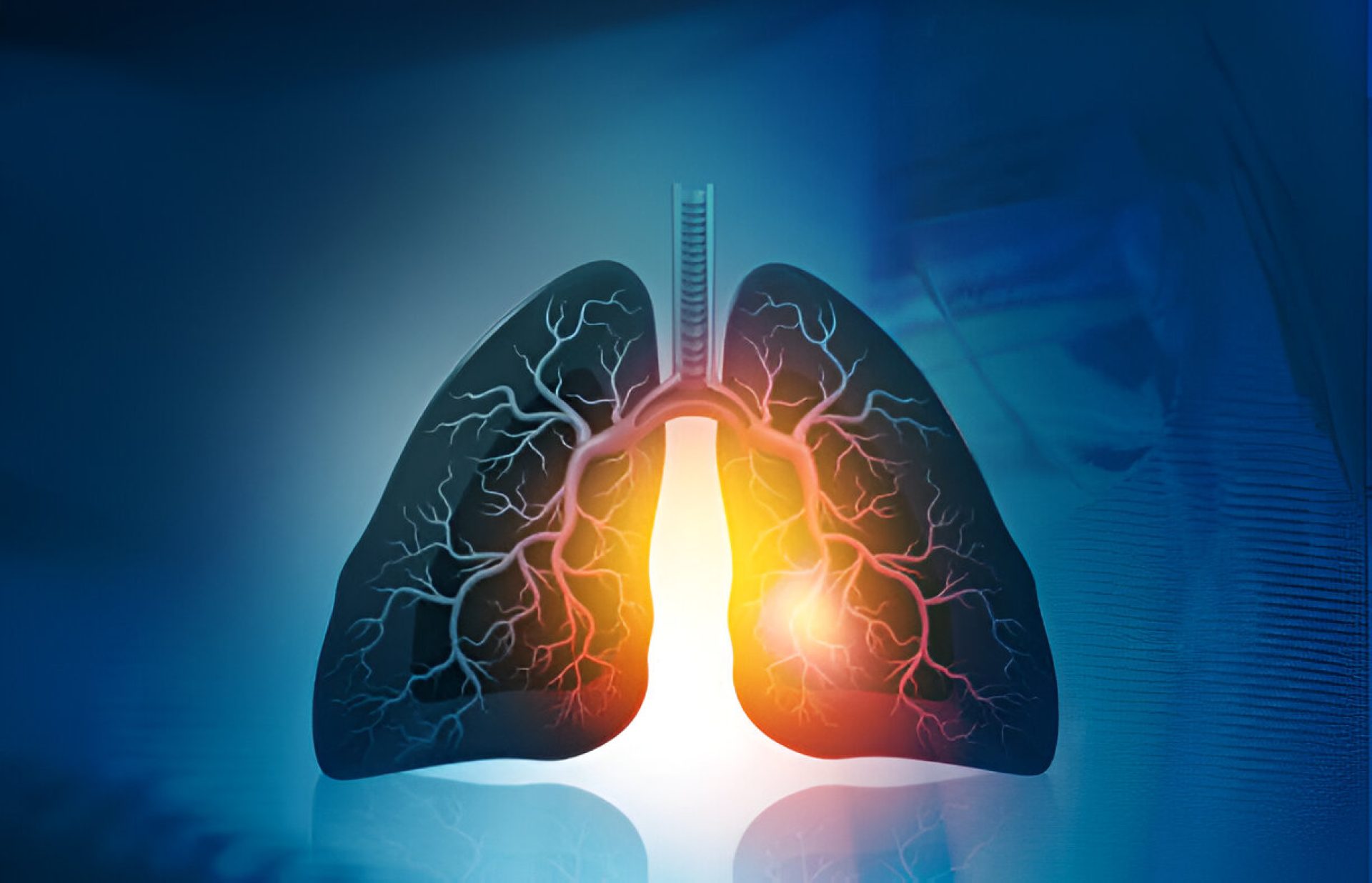- Home
- About Us
- Book Appointment
- Treatments
- Alzheimer’s Disease
- Anti-Aging
- Autism
- Autoimmune Disorders
- Back Pain
- COPD
- Crohns Disease And Ulcerative Colitis
- Erectile dysfunction and Penis enlargement
- Fibromyalgia
- Hip Pain
- Knee Pain
- Lupus
- Lyme Disease
- Multiple Sclerosis
- Muscular dystrophy
- Parkinsons Disease
- Peripheral And Diabetic Neuropathy
- Post Cancer Treatments
- Post Stroke Recovery
- Psoriasis
- Rheumatoid Arthritis
- Shoulder Pain
- Join The Club
- Aesthetics
- Blog
- Contact Us
Research shows that nearly 5% of the world’s population suffers from Chronic Obstructive Pulmonary Disorder (COPD), and it is the third leading cause of death worldwide. This prevalent lung disease affects men and women equally, resulting in poor quality of life. Although treatments are limited, significant developments in regenerative medicine, mainly stem cell therapy, offer hope to millions battling this progressive lung disease.
This article explores the revolutionary treatment for COPD that has emerged recently, focusing on the potential of stem cells to repair damaged lung tissues and reduce inflammation.
Table of Contents:
Understanding Chronic Obstructive Pulmonary Disorder (COPD)
Chronic Obstructive Pulmonary Disease (COPD) is a group of respiratory diseases that results in lung inflammation and narrowing of the airways. COPD encompasses debilitating conditions such as emphysema or chronic bronchitis that damage the lung tissues and cause difficulty breathing.
While traditional treatments focus on managing symptoms by slowing disease progression, the damage to the lungs is irreversible, and it can recur in the future, limiting the patient’s ability to do simple daily tasks. Symptoms of COPD include shortness of breath, chronic cough with phlegm, breathing problems, tiredness, wheezing, pressure in the chest, frequent respiratory infections, and fatigue.
Cigarette smoking is the prime cause of COPD, as 70% of COPD cases in high-income countries are due to excessive smoking. Other than this, long-term exposure to toxic pollutants like chemical fumes, air irritants, and specks of dust also contribute to the development of COPD in patients.
Read Also: Stem Cell Basics: What They Are And How Do They Work
The Emergence of Stem Cell Therapy For COPD Management
Preclinical studies and research suggest that stem cell therapy can alleviate the symptoms and manage COPD. Mesenchymal stem cells’ anti-inflammatory and immunomodulatory properties can help repair inflamed lung tissues and restore lung function. Further, their regenerative capabilities can self-renew and regrow healthy tissue to interact with the host environment, accelerating the healing response.
Stem cells are undifferentiated immature cells found in the human body that have the power to develop and multiply into any cell type. Clinics use these cells to prepare stem cell injections to treat various health conditions, from chronic obstructive pulmonary disorder (COPD), to cardiovascular disease, autoimmune disorders, and orthopedic injuries. In the context of COPD, the stem cells administered into the patient’s body differentiate into lung-specific cells, such as alveolar and bronchial cells, to promote tissue regeneration.
How Mesenchymal Stem Cells Address Tissue Repair and Regeneration
Stem cells exert their therapeutic effects in COPD management through different mechanisms, from paracrine signaling to immunomodulation and anti-inflammation to tissue regeneration. This multifaceted approach to treating respiratory diseases eliminates the pathological processes and promotes lung repair.
- Paracrine Signaling – The newly infused stem cells release signaling molecules and bioactive factors, such as cytokines, chemokines, growth factors, and extracellular vesicles. These paracrine factors affect the surrounding cells in the damaged tissue and promote regenerative processes.
- Immunomodulation – MSCs have immunomodulatory properties that suppress the excessive growth and activation of immune cells that contribute to lung inflammation. The stem cells play a vital role in shifting the immune response from pro-inflammatory immune cells to anti-inflammatory agents, promoting the proliferation of regulatory T cells (White blood cells that control immune response).
- Anti-inflammatory effects – Stem cells directly secrete anti-inflammatory molecules such as TGF – β and IL – 10 to counteract the inflammation and suppress the activity of immune cells and inflammatory mediators.
- Tissue regeneration – The stem cells differentiate into lung cell types, such as endothelial, epithelial, bronchial, and alveolar cells, which replace or repair the diseased cells and contribute to tissue regeneration for functional recovery.
In summary, stem cells’ therapeutic effects directly dampen inflammation of lung tissues, prevent further damage, and simultaneously create a favorable host environment for healthy and faster tissue repair and regeneration. Once they reach the damaged area in the lungs, they trigger cell-to-cell interaction with the neighboring cells and the extracellular matrix to activate the secretion of paracrine factors.
Scientists believe this multifaceted mechanism of stem cells is effective in cell proliferation and differentiation, modulating immune system behavior, and stimulating angiogenesis. However, more research and knowledge are necessary to understand the dynamic connection between stem cells and the host environment in lung tissue repair and regeneration.
Improvements Observed in Patients After Stem Cell Therapy
The patients receiving stem cells for COPD have reported significant improvements in their symptoms and enhanced quality of life. They have experienced reduced difficulty in breathing, improved lung capacity, and relieved symptoms like coughing and shortness of breath. Stem cell therapy for COPD suppresses inflammation in the lung tissues, improves permeability, and reduces oxidative stress. Patients also experience a regain in their exercising ability, increased strength in muscles and bones, better weight control, and decreased risk of cardiovascular diseases.
Future Perspectives Stem Cells in COPD Treatment
Continued research and clinical trials on stem cells for COPD management pave the way for more advanced therapies, addressing all the significant challenges and optimizing their effectiveness. The future of stem cells holds great promise, and ongoing exploration of its advancements is expected to shape the future of COPD treatment.
One of the emerging trends in the field is advanced cell engineering, which boosts the therapeutic potential of mesenchymal stem cells. Researchers aim to modify stem cell properties through gene editing and manipulation and optimize their regenerative capabilities, tailoring them to the precise needs of COPD patients and reprogramming stem cells to make them patient-specific induced pluripotent stem cells, offering the possibility of personalized stem cell treatments.
Read Also: Stem Cell Treatment: Recent Advancements And New Applications
Key Takeaway
With the rapid pace of scientific advancements in the stem cell field, the concept of a cure for Chronic Obstructive Pulmonary Disorder (COPD) seems no longer a dream. Stem cell therapy shows promising results in regenerating damaged lung tissues and improving the lives of millions of COPD patients. The application of stem cells shows positive outcomes by relieving symptoms and managing respiratory disease effectively.
Patients wondering where to get the best stem cell therapy can contact Life Altering Stem Cell Therapy Institute. Our well-established stem cell center in Mexico provides advanced treatments and the best hospitality experiences in a homely atmosphere. We are well-equipped with cutting-edge technologies and an experienced team of stem cell experts, ensuring swift recovery and positive outcomes in less time.






